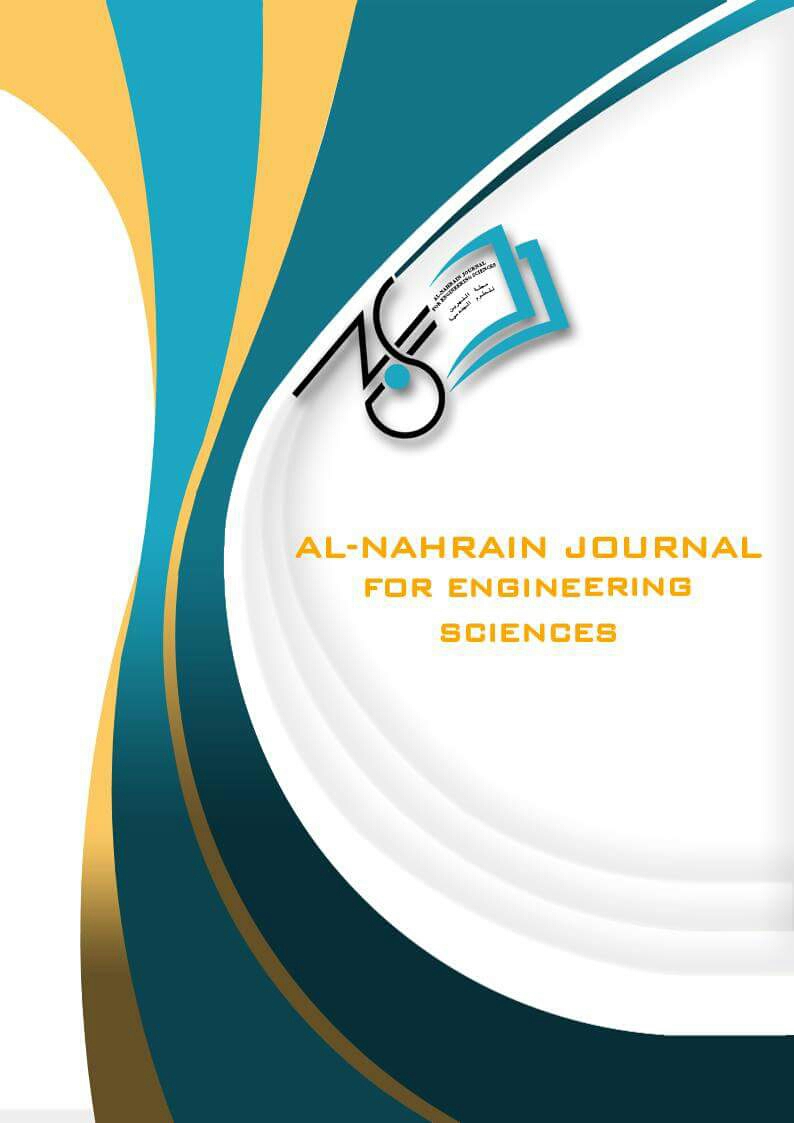Fabrication and Optimization of Electrophoretic Deposition Parameters Using Alternating Current by Taguchi Design
DOI:
https://doi.org/10.29194/NJES.24010008Keywords:
Ti6Al4V alloy, Roughness, AC Current, Electrophoretic deposition, Nano hydroxyapatite, Taguchi designAbstract
The aim of this work is to optimize EPD variables (voltage, time, and focus) using alternating current through the Taguchi Design of Experiment (DOE). Coating Nano hydroxyapatite (Nano-HA) on a Ti6Al4V substrate depends on thickness and roughness, then characterization of a coating layer to determine the optimum state. Hydroxyapatite (HAp) powder was deposited on a Ti-6Al-4V alloy substrate by electro-deposition with ethanol as a solvent under AC current, to improve the alloy surface quality based on coating thickness and maximum coating mass meeting the requirements of a biological orthopedics application. Ethanol was used as a solvent to precipitate ketazone and HAp on the base alloy. Taguchi's approach was used in order to determine the optimal conditions for EPD and subsequently to apply various criteria for depositing the biochemical coating. The surface and cross-section composition of the paint is described by characterization. Numerous tests and inspections; Zeta, XRD and SEM stability test, water contact angle and optical microscopes were used to describe the surface morphology of the HAp layer. The value of the optimum conditions for deposition of the HAp layer which is a simultaneous thickness and maximum coating mass, was predicted at a sedimentation voltage of 40 V, 2 min sedimentation time and 1 g / L for the concentration of the suspended solution at room temperature. The validity of the model resulting from the response surface methodology was assessed by comparing the expected results with the experimental results. In addition, close agreement was observed between the experimental results and the expected results. For the solution at room temperature, the results obtained with the highest value of the coating thickness of 41at the surface roughness of 0.94 and the contact angle of the alloy before coating is 67.489º reduced to. 38.132º after plating, which indicates an increase in the harmony of the metal implant and biocompatibility.
Downloads
Downloads
Published
Issue
Section
License
The authors retain the copyright of their manuscript by submitting the work to this journal, and all open access articles are distributed under the terms of the Creative Commons Attribution-NonCommercial 4.0 International (CC-BY-NC 4.0), which permits use for any non-commercial purpose, distribution, and reproduction in any medium, provided that the original work is properly cited.














